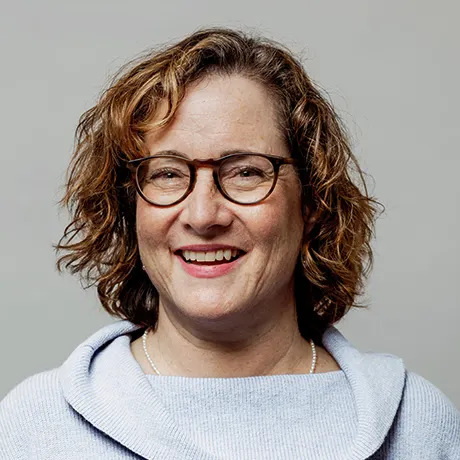What is an IEP?

By Gail Belsky
Expert reviewed by Melody Musgrove, EdD

At a glance
IEP stands for Individualized Education Program.
The purpose of an IEP is to lay out the special education instruction, supports, and services a student needs to thrive in school.
IEPs are part of PreK–12 public education.
When kids struggle in school, you may hear the term IEP. What is an IEP? IEP is an acronym that stands for Individualized Education Program. Some people may refer to it as an Individualized Education Plan.
The purpose of an IEP
An IEP is more than just a written legal document (or “plan”). It’s a map that lays out the program of special education instruction, supports, and services kids need to make progress and thrive in school.
IEPs are covered by special education law, or the Individuals with Disabilities Education Act (IDEA). They’re created for eligible kids who attend public school, which includes charter schools.
There are many benefits to getting an IEP. The process begins with an evaluation that shows a student’s strengths and challenges. Families and schools use the results to create a program of services and supports tailored to meet the student’s needs.
Having an IEP gives students, families, and schools legal protections, too. It lets families be involved in decisions that impact their child’s education. It also gives students rights when it comes to school discipline.
Dive deeper
Who gets IEPs
IEPs are a part of public education. They’re given to eligible kids, ages 3 and up, who attend public school. That includes charter schools.
To be eligible for an IEP, a student has to:
Have one or more of the 13 conditions that are covered under IDEA, which includes learning disabilities like dyslexia and also
Need services to thrive in school
Private schools don’t offer IEPs. But students in private school may be able to get special education through what’s known as a service plan (also called an Individual Services Plan).
Even before they attend school, babies and toddlers can get services through early intervention. Once kids turn 3, they can get an IEP through their local public school district.
There are no IEPs in college. But eligible students often can still get accommodations through college disability services.
Find out what’s in an IEP.
Myths about IEPs
There are a lot of myths about IEPs and special education. And these misconceptions sometimes keep people from seeking out IEPs for kids who need support.
One big myth is that kids who have IEPs have to be in a separate classroom. But most kids who get special education services through an IEP are in the same classroom as kids who don’t. That’s the way the law says it should be.
Debunk more myths about IEPs and special education.
IEPs vs. 504 plans
Some students get support at school under a 504 plan, rather than an IEP. Both can provide supports like accommodations and assistive technology. But a 504 plan isn’t part of special education. It serves a different purpose than an IEP.
See a chart that shows the differences between IEPs and 504 plans.
Next steps
Understanding IEP basics is the first step to help kids thrive in school and beyond. Here are the next steps.
Parents and caregivers: Learn about the process of getting an IEP.
Educators: Download a guide to navigating IEPs.
Students with IEPs: Download a sample IEP transition plan.
